
The shady areas of your yard provide a nice place to escape the heat. Not to mention the fact that big trees can shade your home and help reduce your cooling costs. As nice is shade is, however, it can wreak havoc on your grass. Here are a few tips to help you grow healthy grass — even in the shade.
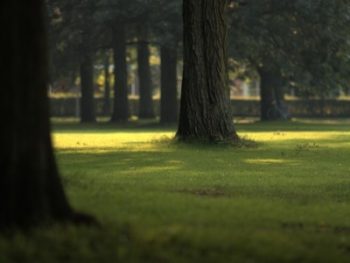
1. Prune Trees Properly
Even grass that’s made for the shade needs 4+ hours of light daily. With the right pruning technique, you can let more light in without hurting your trees or eliminating that cooling shade.
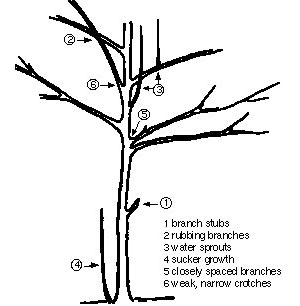
2. Choose the Right Grass
In most of the US, fine fescue grasses are the most shade tolerant types. In the south, however, St. Augustine grass might be best. Once you’ve chosen the right grass, don’t go crazy with the lawn mower. Shade tolerant grasses do better if they’re kept longer.
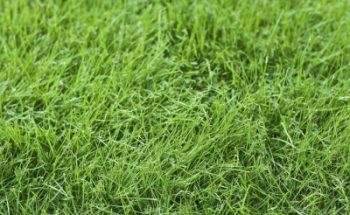
3. Fertilizer
The right fertilizer can also make a big difference in your ability to grow grass in the shade. Most people think of fertilizer first when grass seems to be weak, but for shade grasses, you should limit fertilizer. Shady areas need only 1/2 the nitrogen of other lawns. You can fertilize on the same schedule, but use less.
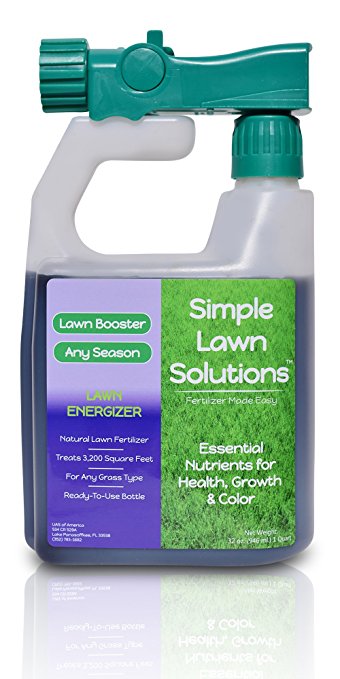
4. Don’t Overwater
Overwatering shady areas is a common mistake. Most homeowners water different areas of their lawns the same way, but keep in mind that shade will cut down on evaporation. Excess dampness can result in damaging diseases. It’s best to water shady grass areas only as needed, but deeply.
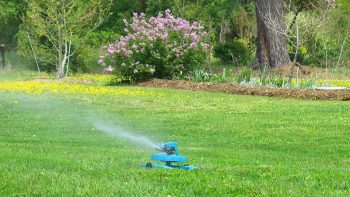
5. Fall Overseeding
Overseeding in the fall can help fill in any spots that became bare during the summer. Your grass may never look perfect in shady areas, but if you follow a few simple rules, you can be successful at keeping it healthy.
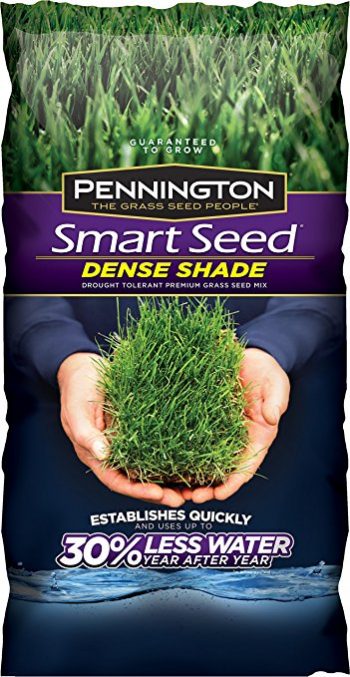

Leave a Reply